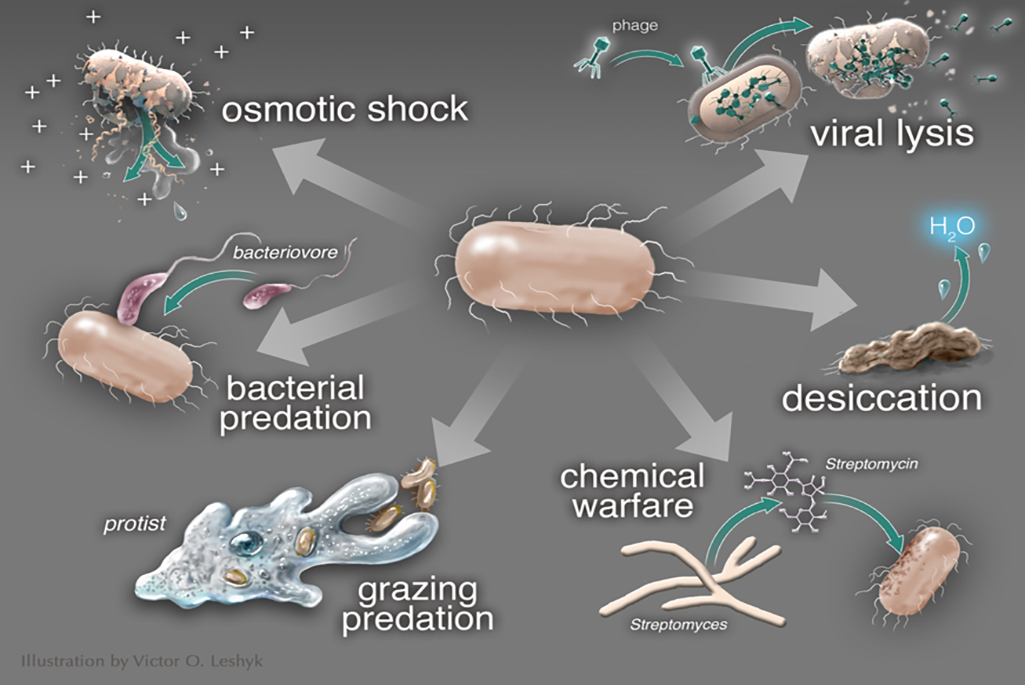In fact, dead microbial biomass, or necromass, is one of the largest stocks of organic carbon on Earth, making up as much as 50 percent of the total soil organic carbon pool. A new review appearing in Nature Reviews Microbiology, co-authored by Eoin Brodie and Gianna Marschmann of EESA , outlines how it is now possible to leverage new conceptual understanding, emerging technologies and modeling capabilities to predict how the life and death of soil microbes may impact the planet’s soil carbon stocks.
“Here at Berkeley Lab, we are most excited about new opportunities to develop a robust, data-driven foundation for integrating the microbial ecology of life and death into forecasts of biogeochemical models, from the global system-level scale all the way down to the molecular scale of mineral/carbon/water/microbe/plant interfaces” said Gianna Marschmann, a postdoc in the Department of Energy’s Genomic Sciences program “Microbes Persist” Soil Microbiome Scientific Focus Area led by Lawrence Livermore National Laboratory. Together with Jinyun Tang and Ulas Karaoz, staff and research scientists in EESA, the team is developing computational workflows to connect microbial traits inferred from genome sequences with trait-based microbial models as a foundation for enabling multiscale microbial modeling. The computational pipeline, outlined in the review article, will be part of the Department of Energy’s Systems Biology Knowledgebase (KBase), providing new community capabilities that will enable researchers to inform and benchmark biogeochemical models with trait-based data, ultimately enhancing our understanding of Earth’s microbial engines and their impact on changes to the global carbon cycle.
Read the news release issued by Lawrence Livermore National Laboratory here.


